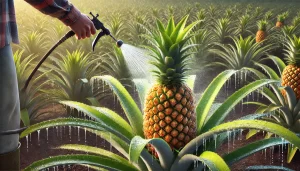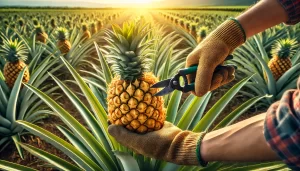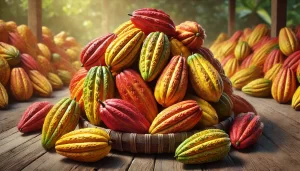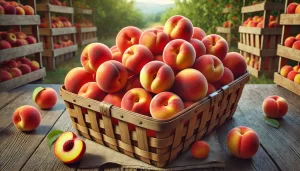Lawn Care: Complete Guide for a Healthy Garden

The lawn is a vital part of any garden. To keep it green and healthy, it’s necessary to follow specific care routines that include proper watering, fertilization, and detecting potential nutrient deficiencies. Below, we offer a detailed guide to help you keep your lawn in optimal condition throughout the year. Lawn Watering: When and How …
 AgronoBlog – Agriculture Blog
AgronoBlog – Agriculture Blog 







